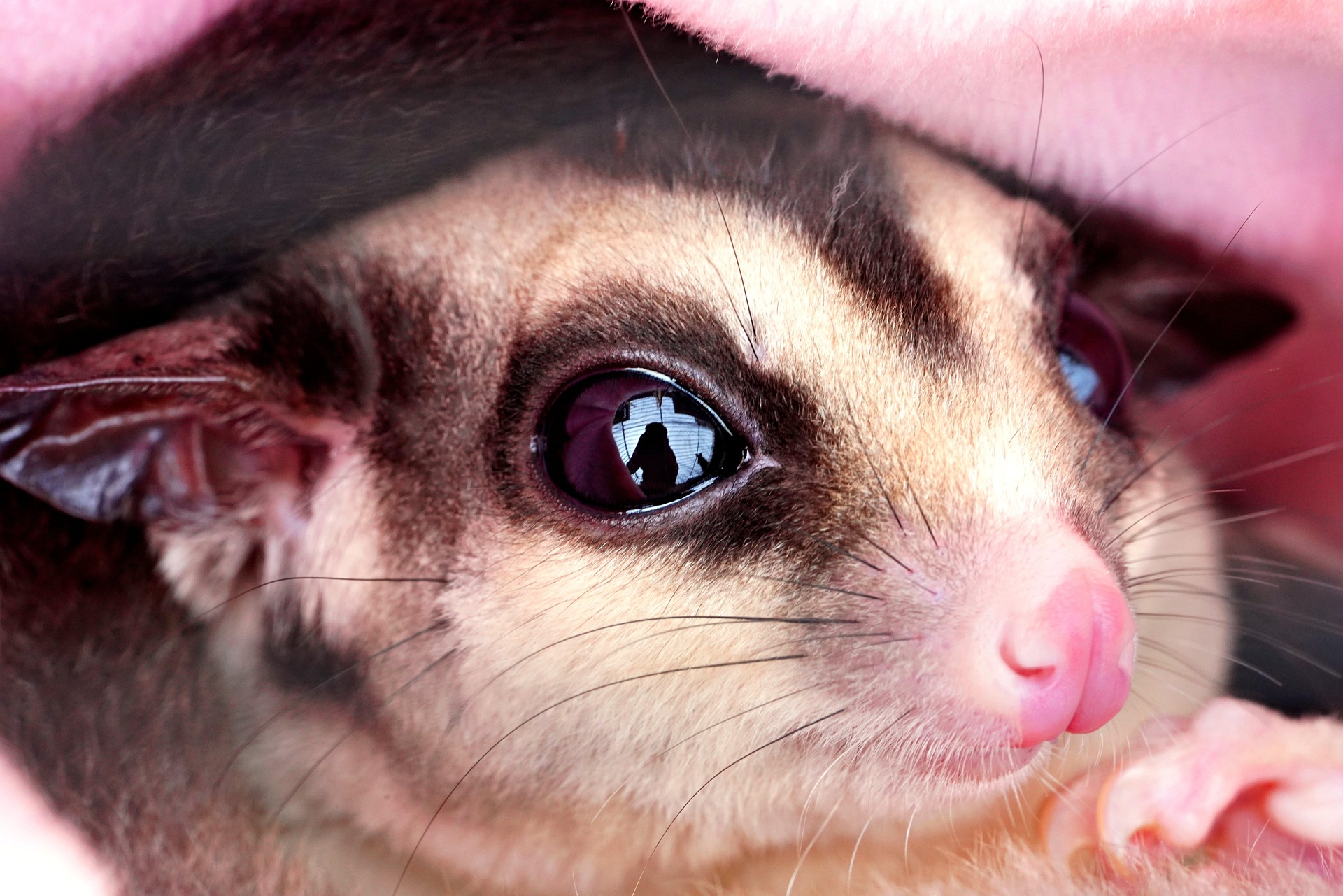Unraveling the Enigma of Cephalopod Sleep Patterns
The mysterious world beneath the ocean's surface continues to fascinate scientists and animal enthusiasts alike. Among the many enigmatic creatures inhabiting these depths, cephalopods stand out for their remarkable intelligence and adaptability. Recent research has shed light on a particularly intriguing aspect of their behavior: their sleep patterns. This exploration into the realm of cephalopod slumber reveals surprising insights about these extraordinary marine animals and challenges our understanding of sleep across species.

The Discovery of Cephalopod Sleep
The concept of sleep in cephalopods was not always a given. For years, scientists debated whether these invertebrates truly slept or simply entered periods of reduced activity. It wasn’t until 2019 that researchers definitively observed sleep-like states in octopuses, marking a significant breakthrough in our understanding of cephalopod behavior.
During these studies, scientists noted that octopuses exhibited distinct periods of quiescence, characterized by reduced movement, changes in skin color and texture, and altered responses to external stimuli. These observations laid the groundwork for further investigations into the sleep patterns of other cephalopod species, revealing a complex and varied landscape of rest behaviors across the class.
Unique Characteristics of Cephalopod Sleep
Unlike mammals, cephalopods do not experience the same sleep cycles or brain wave patterns associated with human sleep. Instead, their rest periods are marked by several distinctive features that set them apart from other animals.
One of the most striking aspects of cephalopod sleep is the dramatic color changes that occur during rest. Octopuses and cuttlefish, in particular, have been observed shifting through a range of hues and patterns while in a sleep-like state. These color changes are thought to be involuntary and may reflect internal processes occurring during sleep.
Another unique characteristic is the localized nature of cephalopod sleep. Some species, like the octopus, can enter a sleep-like state in specific parts of their body while remaining alert in others. This ability to sleep with one eye open, so to speak, may be an evolutionary adaptation to help these vulnerable creatures stay safe from predators even while resting.
The Role of Dreams in Cephalopod Sleep
Perhaps the most intriguing question surrounding cephalopod sleep is whether these intelligent invertebrates experience something akin to dreams. While it’s challenging to prove definitively, recent observations have provided tantalizing clues that suggest cephalopods might indeed have dream-like experiences during rest.
Researchers have documented octopuses changing colors and patterns rapidly during sleep, mimicking the camouflage techniques they use while awake. Some scientists speculate that these color changes could be a manifestation of the octopus reliving or processing experiences from its waking hours, similar to how mammals might dream about recent events.
Additionally, cuttlefish have been observed exhibiting rapid eye movements during sleep, reminiscent of the REM sleep associated with dreaming in humans and other mammals. While the exact nature of these experiences remains unknown, the possibility of cephalopod dreams opens up fascinating avenues for future research.
Implications for Sleep Evolution
The study of cephalopod sleep patterns has broader implications for our understanding of sleep evolution across the animal kingdom. Cephalopods and vertebrates diverged in evolutionary history over 500 million years ago, yet both groups have independently evolved complex sleep behaviors.
This convergent evolution suggests that sleep serves a fundamental biological function that transcends species boundaries. By studying how sleep manifests in these diverse animal groups, researchers hope to gain insights into the core purposes of sleep and how it has adapted to meet the needs of different organisms throughout evolutionary history.
Challenges in Studying Cephalopod Sleep
Despite recent advances, studying sleep in cephalopods presents unique challenges. The marine environment makes long-term observation difficult, and the animals’ sensitivity to captivity can alter their natural behaviors. Additionally, the lack of traditional sleep markers like brain waves requires researchers to develop new methods for identifying and measuring sleep states in these creatures.
Technological innovations, such as underwater cameras and non-invasive monitoring devices, are helping to overcome some of these obstacles. However, much work remains to be done to fully understand the intricacies of cephalopod sleep and its significance in the broader context of animal behavior and evolution.
Future Directions in Cephalopod Sleep Research
As our understanding of cephalopod sleep grows, so too do the questions and potential avenues for future research. Scientists are particularly interested in exploring the potential cognitive benefits of sleep for these intelligent invertebrates. Does sleep play a role in memory consolidation or problem-solving abilities in octopuses, as it does in mammals?
Another area of interest is the impact of environmental factors on cephalopod sleep patterns. With changing ocean conditions due to climate change and pollution, researchers are keen to understand how these external pressures might affect the sleep behaviors and overall health of cephalopod populations.
The study of cephalopod sleep patterns represents a frontier in animal behavior research, offering new perspectives on the nature and function of sleep across the animal kingdom. As we continue to unravel the mysteries of these fascinating creatures, we may gain valuable insights not only into their lives but also into the fundamental role of sleep in biological processes. The enigma of cephalopod slumber serves as a reminder of the vast wonders that still await discovery in the depths of our oceans and the complexity of life on our planet.





